The Westfjords jut into the Denmark Strait like ancient fingers reaching toward Greenland, where Arctic foxes outnumber humans and the northern lights dance over landscapes untouched since the Vikings. This remote peninsula holds Iceland’s oldest mountains and youngest tourism infrastructure—a paradox that keeps the crowds away while drawing those desperate for genuine disconnection. Below are fifteen retreats scattered across this dramatic region where Wi-Fi signals fade, phone screens go dark, and the modern world becomes a distant memory.
Flatey island farmstead
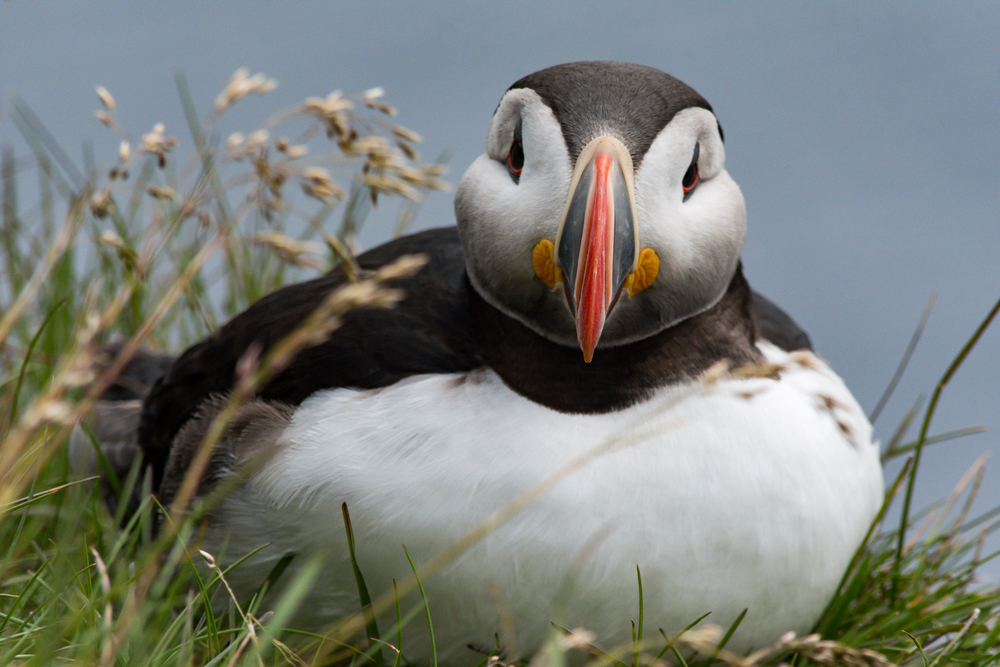
The two-hour ferry ride deposits visitors on an island frozen in the 1960s. Restored farmhouses hold just twelve guests total. No cars exist here—only gravel paths connecting weathered buildings where puffins nest in summer. The library contains handwritten journals from previous visitors dating back decades, their entries chronicling whale sightings and midnight sun observations. Meals happen communally in the old barn.
Hornstrandir wilderness cabins
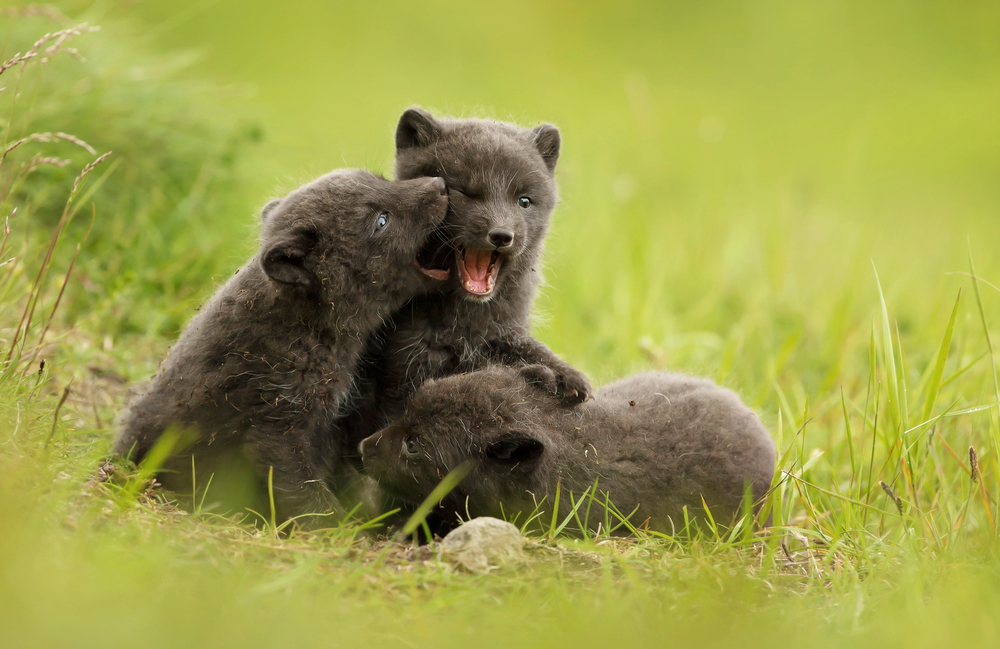
Accessible only by boat from May through September, these three cabins sit at the edge of Europe’s last true wilderness. Arctic foxes approach within arm’s length. But the isolation feels absolute—emergency evacuation takes a minimum of six hours in good weather. The caretaker visits weekly with supplies, leaving guests otherwise alone with the wind and waves. Each cabin stocks fishing gear, binoculars, and topographic maps marked with hiking routes to abandoned villages.
Djúpavík hotel ruins
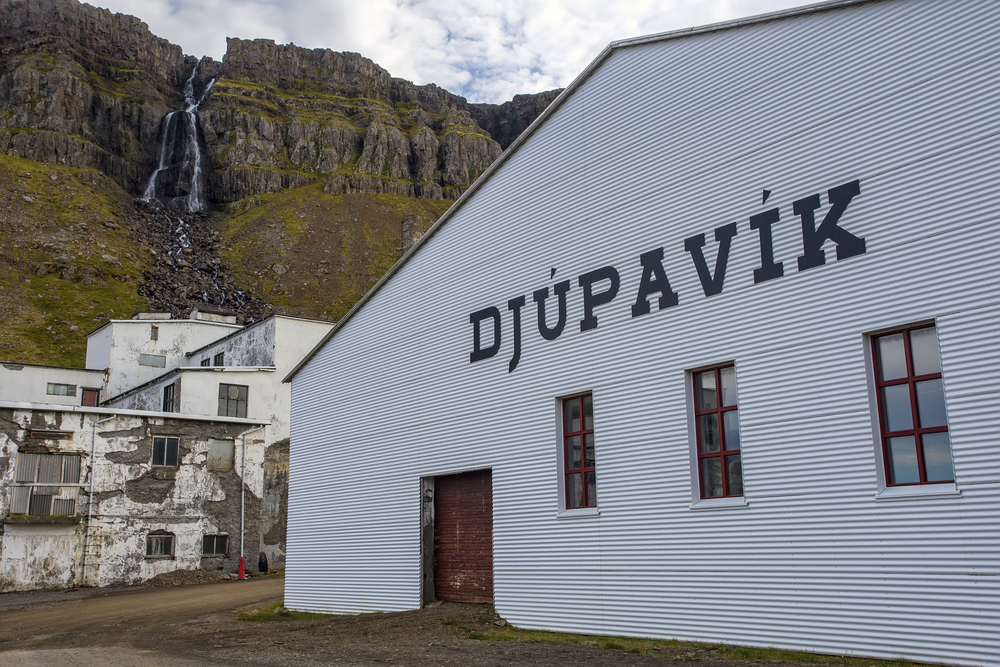
The former herring factory turned hotel embraces its decay beautifully. Twenty-two rooms occupy what remains of the 1930s structure. Rust stains streak the walls. Still, the geothermal pools steam against the North Atlantic backdrop, and the kitchen serves lamb stew that locals drive two hours to eat. The old factory floor hosts occasional concerts where the acoustics rival proper venues.
Rauðisandur beach pods
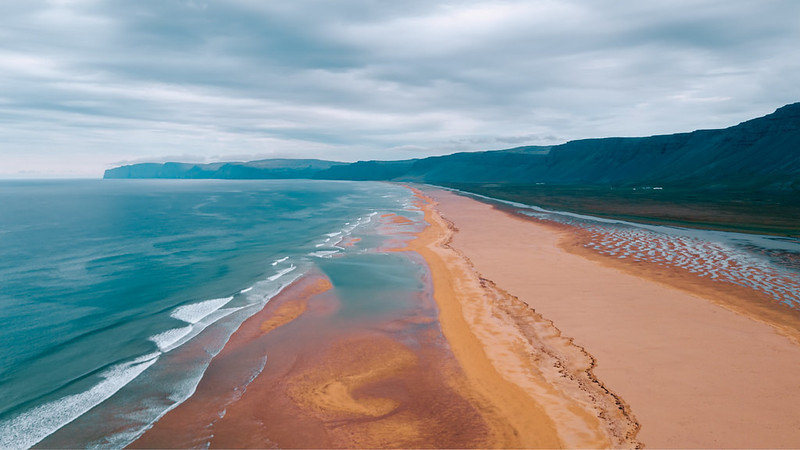
Six geodesic domes dot the orange sand beach—yes, orange, not black like most Icelandic shores. Each pod faces the sea through floor-to-ceiling windows. The walk to reach them takes forty minutes across tidal flats where seals surface between kelp forests. No electricity after 10 PM forces an early surrender to sleep or stargazing. Morning coffee arrives via thermos left outside each door.
Ísafjörður mountain huts
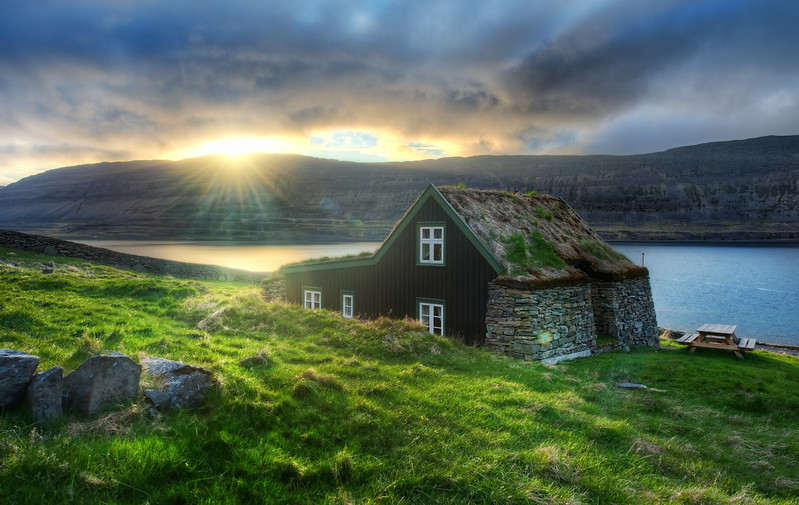
The old ski patrol stations have been converted into summer retreats, featuring:
- Original 1940s wood stoves for heat
- Outdoor composting toilets (surprisingly pleasant)
- Meltwater collection systems for drinking
- Panoramic views of seven different fjords. The hike up takes three hours minimum, and that’s if the weather cooperates.
Súðavík arctic sanctuary
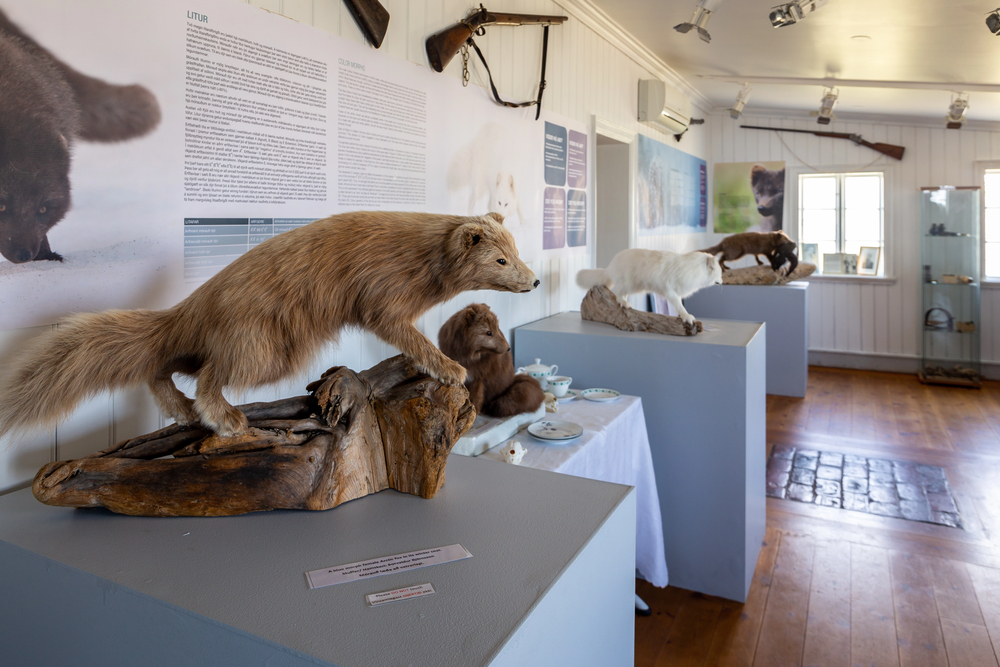
— Photo by cleop6atra
Former fish processing village, population 200. The retreat occupies six houses along the harbor where orcas hunt in winter. Guests receive house keys and grocery deliveries but otherwise fend for themselves. The Arctic Fox Center next door offers volunteering opportunities—feeding orphaned pups feels surprisingly therapeutic. Northern lights appear directly overhead from September through March.
Bolungarvík fishing cottages
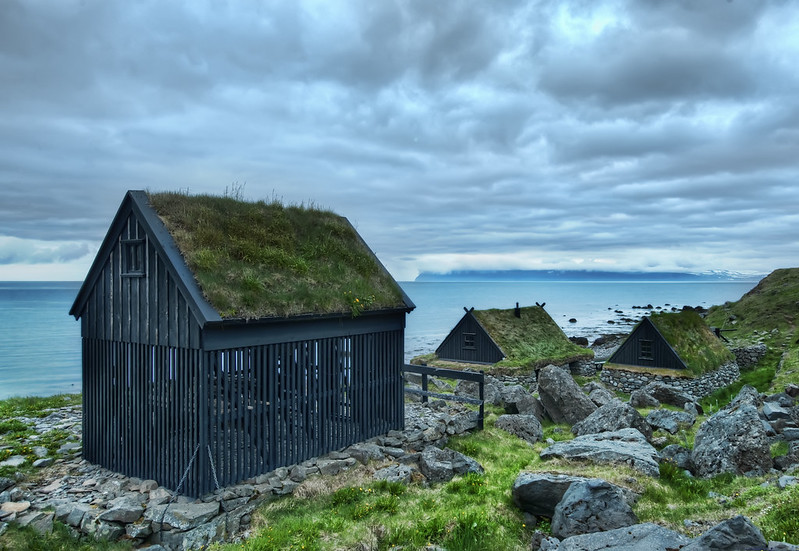
Traditional red cottages line the northernmost inhabited point. Each cottage includes vintage fishing equipment as decoration. The owner, a fourth-generation fisherman, takes guests on dawn trawling expeditions where participation isn’t optional—everyone helps sort the catch. Evenings revolve around the communal smokehouse where the day’s fish slowly cure over birchwood. The smell permeates everything. Not unpleasant.
Drangsnes hot pot hamlet
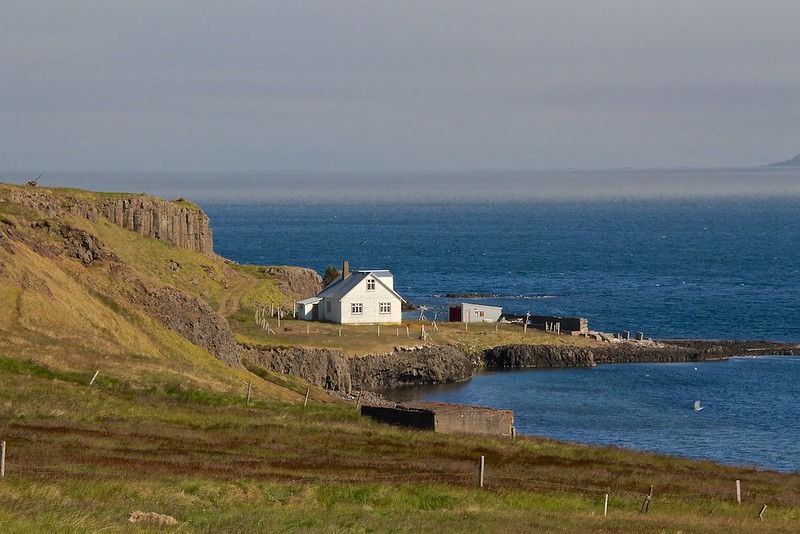
Three cottages surround natural hot springs that locals have used for centuries. The springs sit directly on the shoreline—high tide brings waves crashing meters away. Driftwood benches offer the only seating. The nearest restaurant closed in 2019, so meals require creativity with the provided camp stove and whatever the traveling fish truck delivers on Tuesdays. Sometimes the aurora reflects in the hot spring’s surface, creating an otherworldly double image.
Norðurfjörður abandoned village
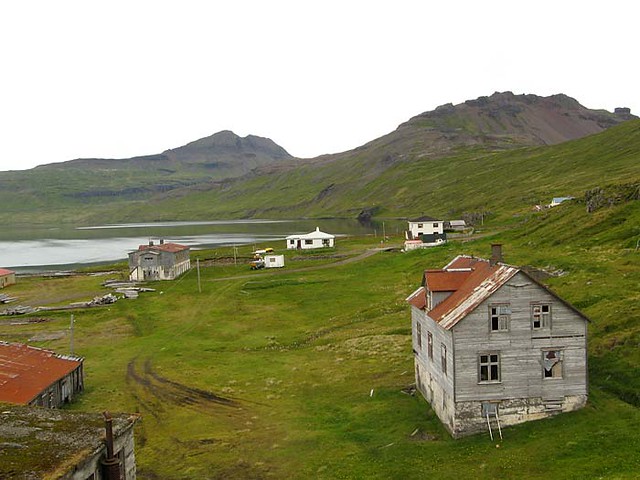
Seventeen people lived here until 1995. Now four restored houses host guests among the ruins. The old church still stands—unlocked, unheated, haunting. Generator power runs two hours each evening, long enough to cook dinner and charge essential devices. The hiking trail to the lighthouse passes through a colony of eider ducks whose down once sustained the village economy. Their calls echo off the cliffs at dawn.
Hrafnseyri birthplace retreat
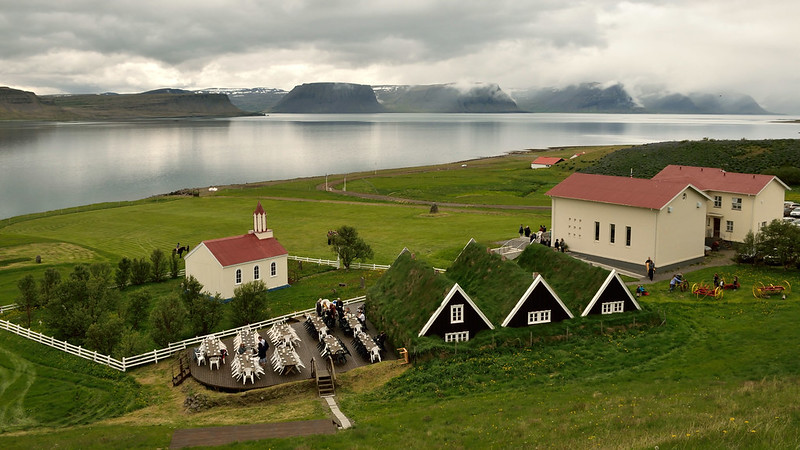
Iceland’s national hero Jón Sigurðsson was born here in 1811. The museum closed for the winter and never reopened. But the attached guesthouse operates year-round, offering six beds in a building that creaks with Atlantic storms. The turf roof needs replacing—grass grows wild and uneven. Inside, original manuscripts behind glass chronicle independence struggles while guests struggle with oil lamps and wood stoves.
Reykjafjörður geothermal camp
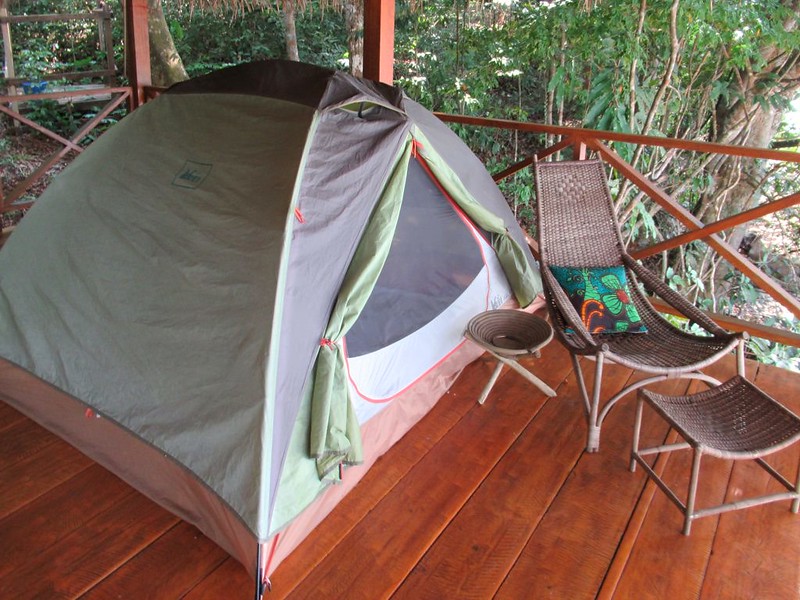
Tents on wooden platforms overlook natural hot springs. That’s it. The springs vary from scalding to perfect soaking temperature—previous visitors marked safe pools with cairns. The camp provides sleeping bags rated for Arctic conditions and a covered cooking area with gas burners. Midnight sun in June makes sleep optional anyway. The nearest road ends eight kilometers away.
Þingeyri vintage hostel
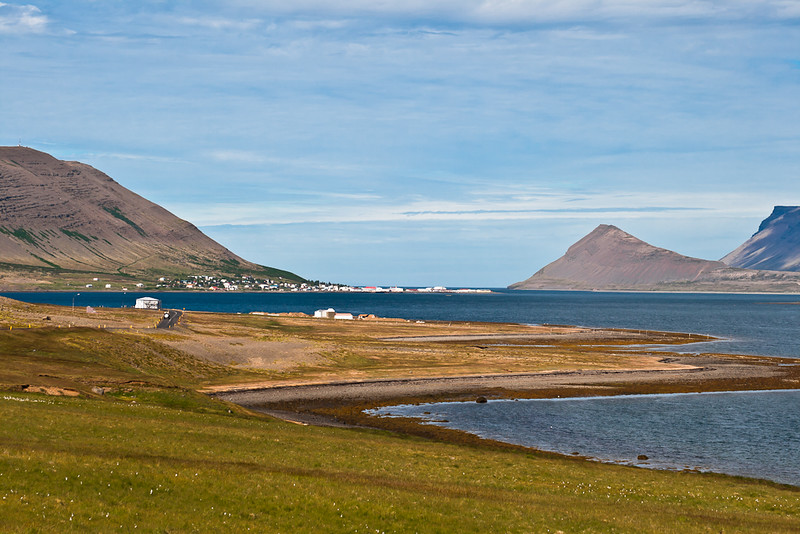
A 1915 general store converted with minimal updates. The original cash register still sits behind the counter. Rooms contain iron bed frames and wool blankets that smell faintly of mothballs. The common room’s bookshelf holds yellowing English novels left by travelers since the 1970s. The village’s 250 residents treat the hostel as their unofficial pub—Friday nights get surprisingly rowdy for such a remote location.
Arnarfjörður shepherd stations
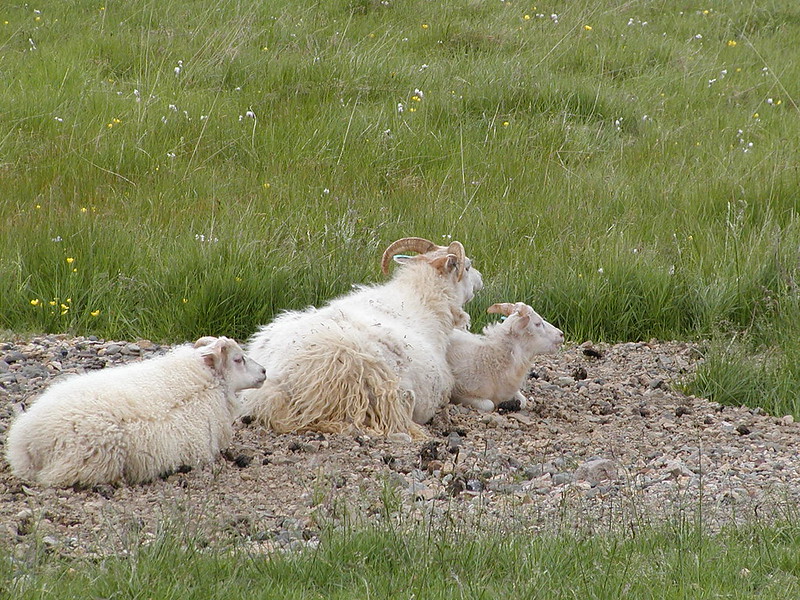
Stone and turf shelters are used during autumn sheep roundups. Five stations spread along the fjord offer basic shelter—emphasis on basic. Sleeping platforms, a fire pit, and walls that mostly keep the wind out. The September roundup brings hundreds of sheep down from the highlands. Guests can participate, though the work starts at 4 AM and involves considerable hiking across boggy terrain. The exhaustion feels earned.
Patreksfjörður clifftop ruins
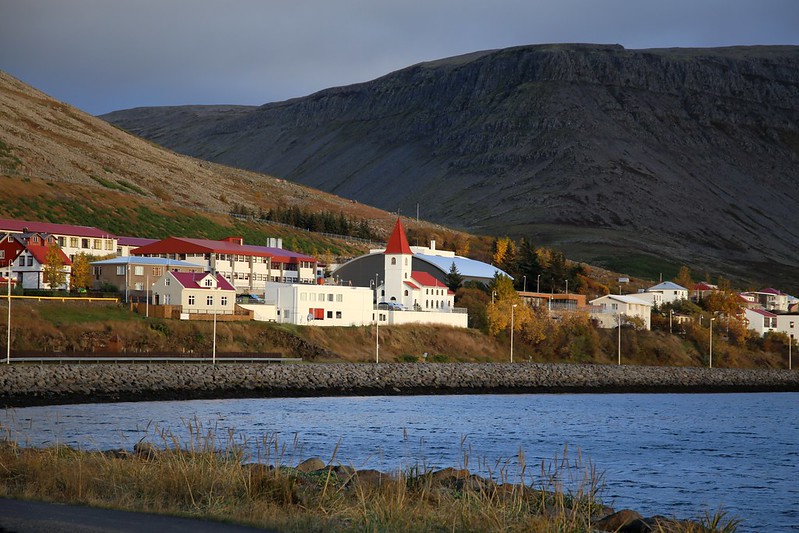
A half-collapsed farmhouse perched above 100-meter cliffs. The renovation preserved the ruins’ aesthetic—exposed beams, missing walls, glassless windows facing the sea. Somehow it works. The bathroom exists in what was the sheep shed, requiring flashlight navigation at night. Puffins nest in the cliff face below from May to August, their constant chatter replacing any need for morning alarms.
Látrabjarg lighthouse station
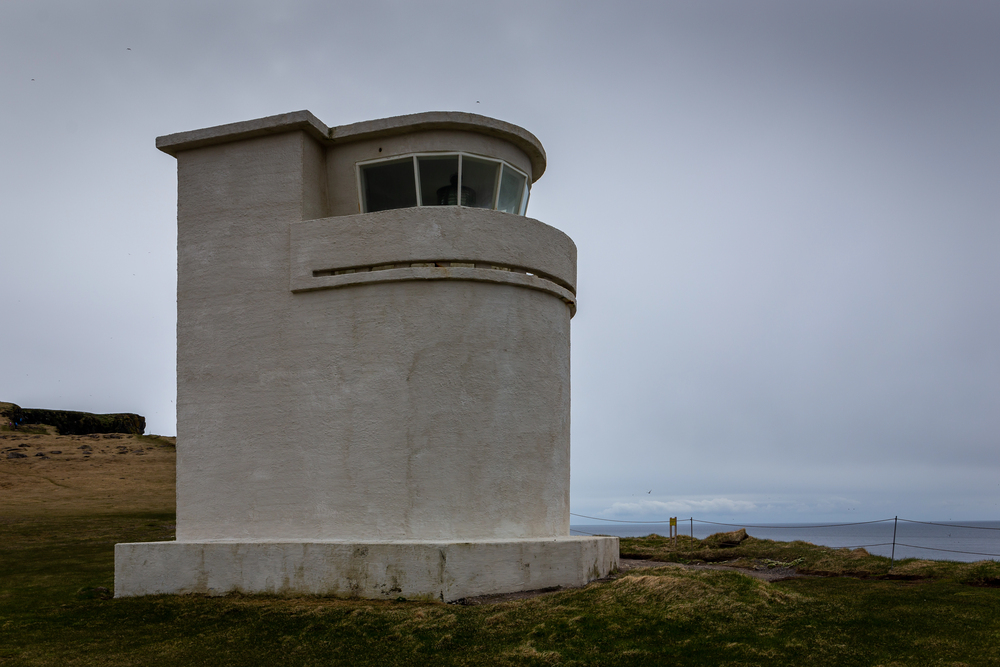
Europe’s westernmost point, except for the Azores. The lighthouse keeper’s quarters accommodate eight guests. And the cliffs host millions of seabirds—the cacophony reaches painful levels during nesting season. The original Fresnel lens still operates, its beam visible from Greenland on clear nights. The access road washes out regularly, potentially stranding guests for days. The isolation feels complete, standing at the edge of the world where the next land is Baffin Island, 300 kilometers across the Denmark Strait.
Finding silence at the edge of the world
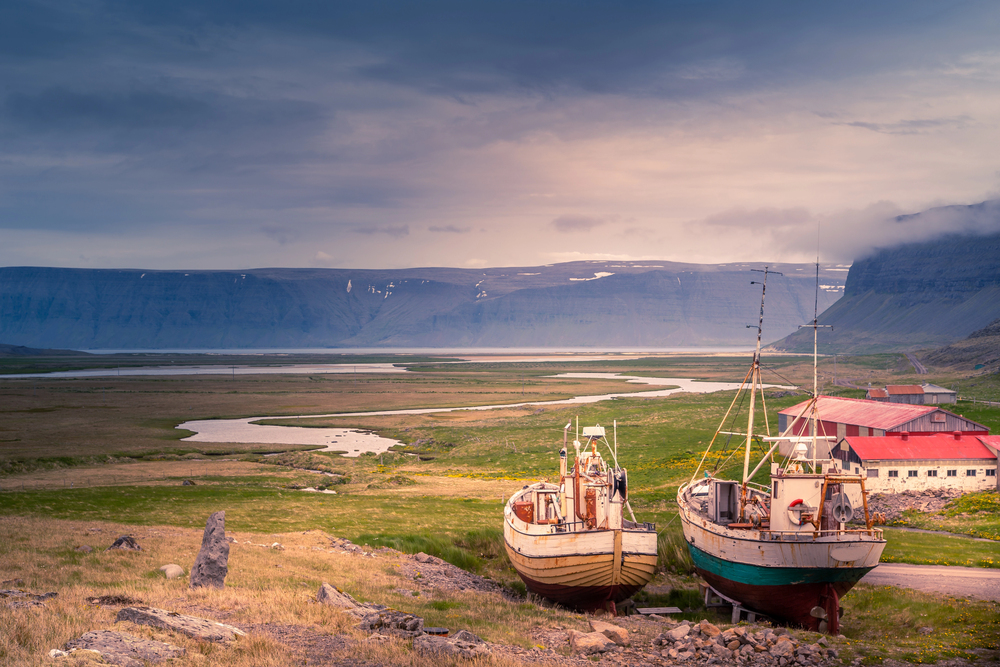
The Westfjords strip away modernity not through rules but through geography—where mountains block signals, weather dictates schedules, and distances enforce solitude. These retreats offer not luxury but something rarer: the chance to synchronize with rhythms older than electricity, in places where human presence remains negotiable with the landscape that barely tolerates it.
More from Travel Pug

- 20 Best Beach Towns in the Carolinas
- 13 Destinations Where Tourists Regularly Regret Their Trip
- 20 Things You Actually Get in First Class
- 20 Small Airports With Aviation Museums
- 20 Places in the U.S. That Are Perfect for a Reset Trip
Like Travel Pug’s content? Follow us on MSN.
